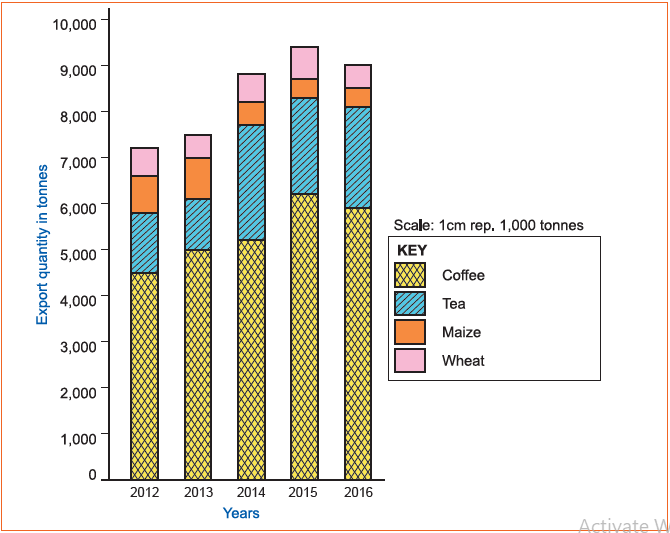Specific objectives to be achieved
By the end of the topic, the learner should be able to:
- analyse and interpret statistical data.
- present statistical data using appropriate methods.
- discuss the advantages and disadvantages of each method of data presentation.

